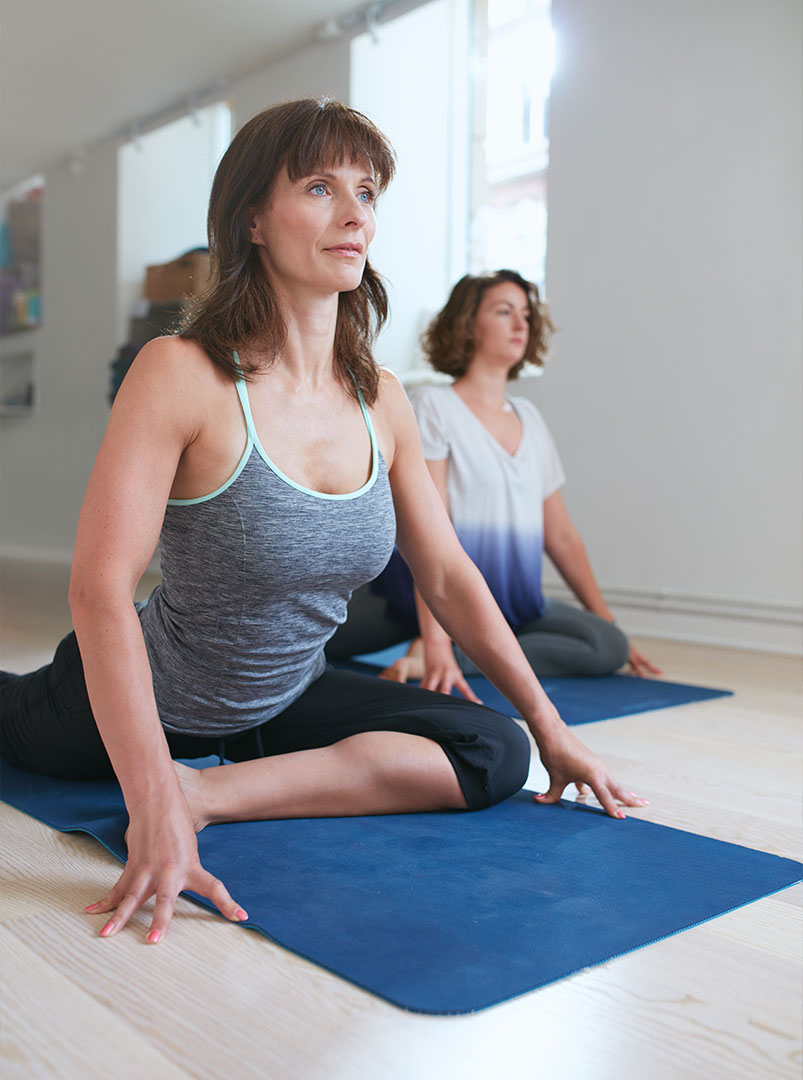
The effects of pilates program on antropometry characteristics in women
Authors
Ivana Banićević 1 2, Željko Banićević 1 2
1 HERC – Health, Exercise & Research Center, Dubai, UAE.
2 Faculty of Sport & Psychology, Educons University, Novi Sad, Serbia.
Phase
Manuscript rewrite
The Project
Physical activity is crucial for countering the negative effects of modern lifestyle.Pilates has gained popularity over the last ten years in both sports medicine and the fitness sector, where ongoing research is being conducted to further investigate the impacts of Pilates programs. To tailor recreational programs for women, it’s important to consider their individual abilities and characteristics.
The subject of this research is the anthropometric characteristics of women practicing the Pilates program. In accordance with this research subject, the problem of the research is the effects of applying the Pilates program on the anthropometric characteristics of women. The aim of the research is to evaluate the effects of applying the Pilates program on the anthropometric characteristics of women, which will serve in the planning and programming of recreational activities for women when it comes to targeted recreational program intentions. The main hypothesis of this research is that there exist significant statistical variances in the physical attributes of women between the initial and concluding assessments following the administered intervention. The study had 65 participants divided into two groups: 37 in Dubai (UAE) and 28 in Novi Sad (Serbia). Both groups underwent pre and post-testing for a 3-month Pilates program, with 60-minute sessions held three times a week. For evaluating Pilates’ effect on women’s body measurements, we used descriptive statistics (e.g., standard deviation, minimum/maximum values) to analyze changes. Multivariate analysis of variance (MANOVA) was used to assess differences between groups in initial and final measurements across all variables, while dependent and independent samples t-tests were employed to detect differences within the overall sample and between groups in initial and final measurements, respectively. The results of this study indicate exceptional transformative potential offered by organized physical exercise. Considering previous work and expectations for future experimental exercise programs of a similar nature, it is possible to anticipate improvements in people’s health status and further progress in both morphological characteristics and motor abilities, enabling a healthier and better life.
